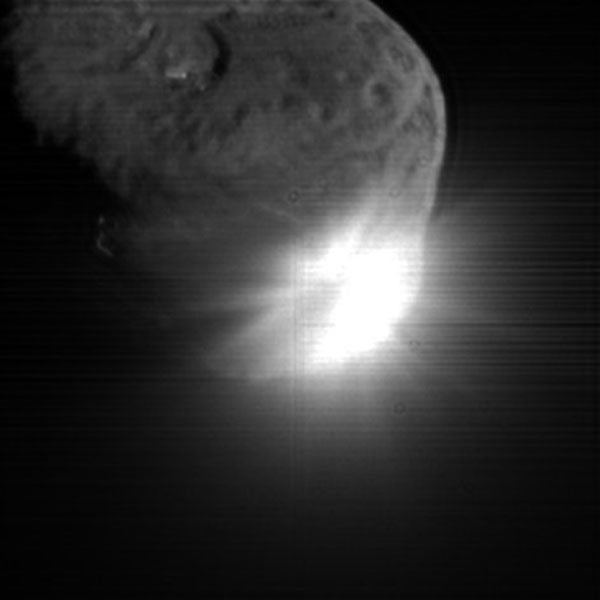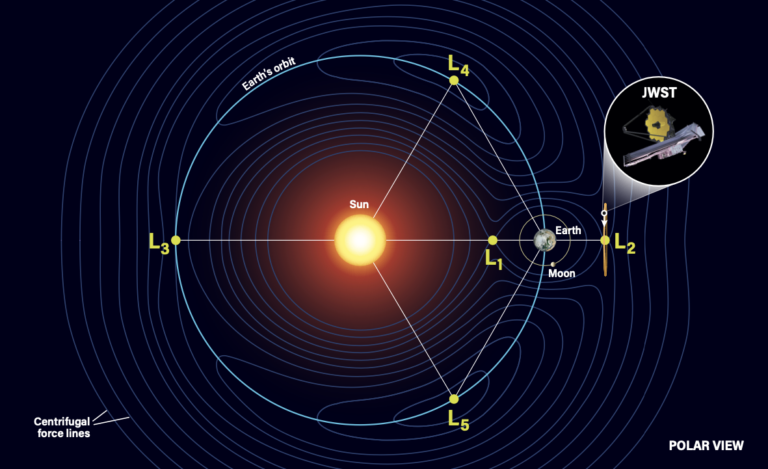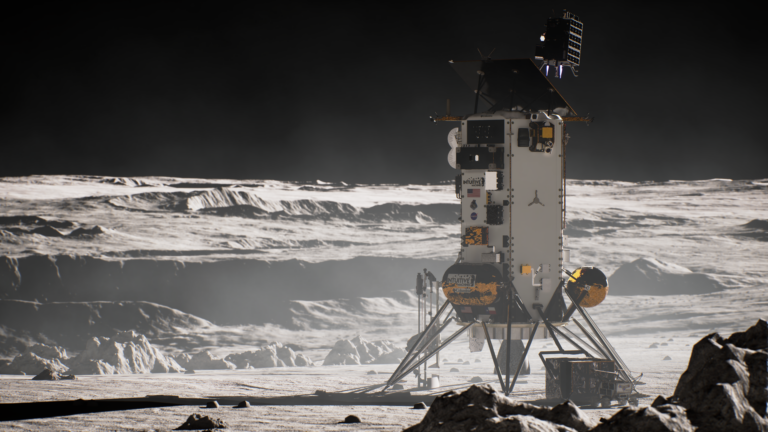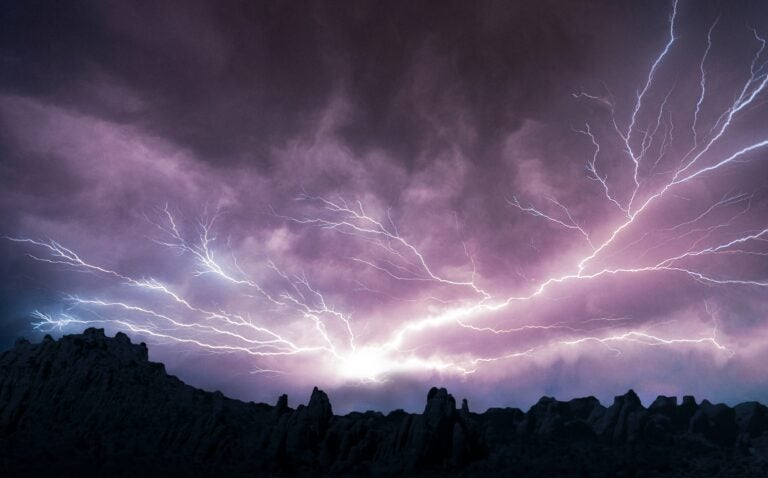As NASA spacecraft continue to explore comets up close, a group of researchers at the Tucson-based Planetary Science Institute (PSI) is undertaking ground-based observations to complement those missions.
The PSI observations will extend the knowledge gained from NASA’s comet missions and will aid in planning for a NASA flyby of Comet Tempel 1. During that flyby, scientists hope to take a close look at the crater formed by a projectile that was shot into the comet from the Deep Impact spacecraft in 2005.
“Spacecraft fly past comets very quickly, so scientists don’t know whether the activity they see — such as the jets of gas and dust shooting out of the surface — are long-term features, short-lived, or whether they are turning on and off as well,” said PSI Senior Scientist Beatrice Mueller.
“By combining spacecraft observations with ground-based telescope observations of a comet before, during, and after the spacecraft flies by, we can create a more detailed model of what is happening on the comet’s surface over time,” Mueller said. “This improves our understanding of the nature of comets.”
In addition, the team will study the evolution of comet rotation rates on past and future NASA targets. These include comets Hartley 2, Tempel 1, Wild 2, and Encke.
A comet’s rotation rate could change as it flies nearer to the Sun. As the comet gets closer to the Sun, some of its ices are heated and turn into gases that shoot out as jets. Once these jets turn on, the comet’s period of rotation could change.
NASA’s Stardust NExT spacecraft will fly past Tempel 1 in early 2011 to view the evolution of the surface of that comet since the Deep Impact observations in 2005. PSI’s efforts to characterize the changing rotational period of the comet will help increase the likelihood of being able to image the crater as Stardust NExT flies by.
“So far, we have imaged four comet nuclei by spacecraft, and they all look different,” Mueller said. “This diversity in comet nuclei is very intriguing.”










